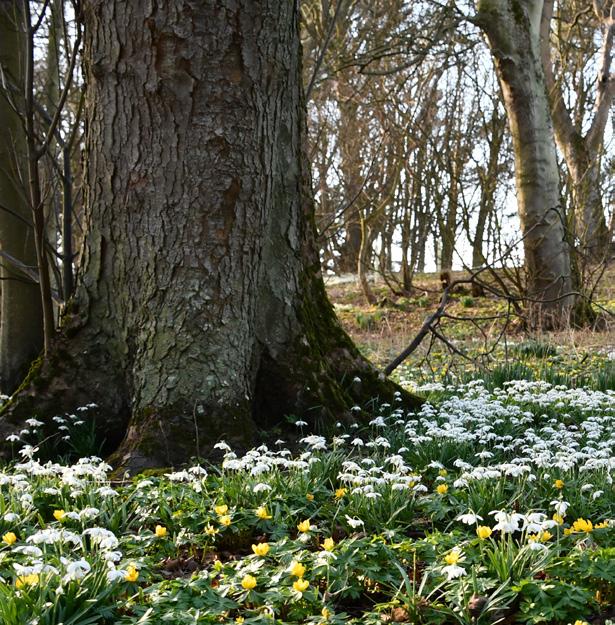
1 minute read
Introduction
Fife Contemporary has long been engaged with environmental concerns in how it carries out its work and also in the themes of its programme. In 2019 we Declared Climate Emergency. The experience of the Covid-19 pandemic has heightened our awareness of how the health crisis interacts with current crises in the environment and social justice.
In wanting to help make changes we recognise the lead and inspiration provided by artists and makers. When we held a day on Climate Emergency in Practice, https://www.creativecarbonscotland.com/resource/fife-contemporarys-climate-emergency-in-practice-day/, the commitment of artists to make changes within their own practice was clear but so was the complexity involved. Engaging with the issues around your artistic practice which impact the environment can be daunting as an individual.
Becoming more aware and informed about this can, however, lead to changes in behaviour which, may be incremental rather than immediate, and reflect your general ethical framework and aspirations. It may also involve engaging with organisations you work with to encourage them to improve their environmental practice. This could be by campaigning collectively with others. It’s not all just down to you!
The Climate Museum UK suggests taking a ‘Possitopian‘ approach, not being stuck in either wishful Utopian or despairing Dystopian positions about the future. https://climatemuseum.org/
We can try to balance our concerns to reduce our harmful carbon footprint with a commitment to create positive handprints:
https://www.handprint.fi/ https://www.extension.harvard.edu/introducing-handprints https://www.acre.com/blog/2020/03/how-the-carbon-handprint-is-shaping-a-positive-future https://www.anthropocenemagazine.org/2020/07/want-to-reduce-your-ecological-footprint-trya-handprint-analysis/

Initially Fife Contemporary hoped to create a toolkit to enable artists and makers to measure their carbon footprint in the way that existing tools help organisations do so. With the varied nature of artistic practice, the complexity of the task became quickly apparent however as did the reality that the time it would involve was too onerous for individual artists.
This document therefore tries to be a general introduction to the issues to consider and hopefully a useful source of information and links which can continue to develop. We will review the resource annually and welcome corrections, updates and additions. This document is produced in good faith, and the links provided were correct at time of publication.












